The sophisticated artefacts unearthed in Sichuan point to the existence of an advanced culture that challenges the traditional narrative.
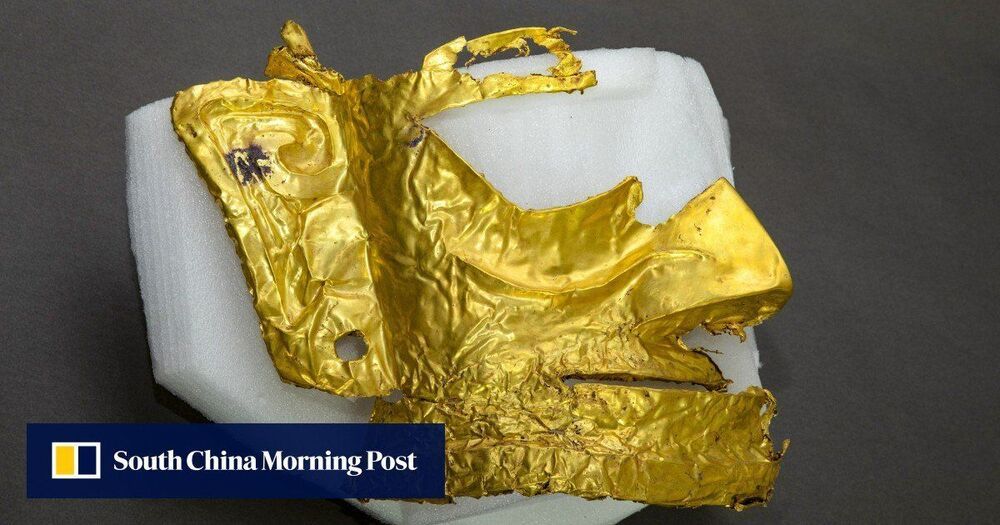

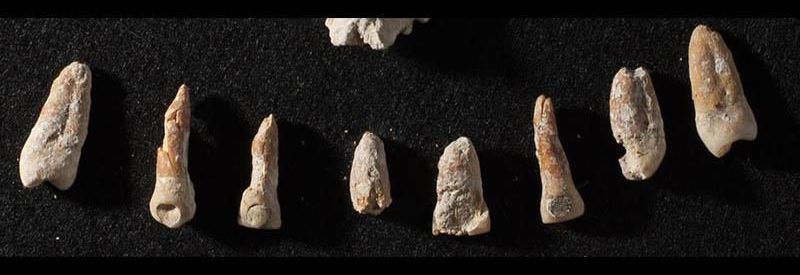
The remains reveal that Waal was between 35 and 50 years old when he died. Researchers used techniques including radiocarbon dating, stratigraphy and ceramic typology to determine that people buried him in around 726 A.D., the same year workers built the hieroglyphic staircase, notes Notimerica.
Prior to his death, Waal suffered from a variety of medical ailments. His skull was mildly flattened, and he was malnourished as a child, as evidenced by the “slightly porous, spongy areas known as porotic hyperostosis, caused by childhood nutritional deficiencies or illnesses” on the sides of his head, per the statement.
Scientists also found that infections, trauma, scurvy or rickets had triggered periostitis —chronic swelling and pain—to form in Waal’s arm bones.
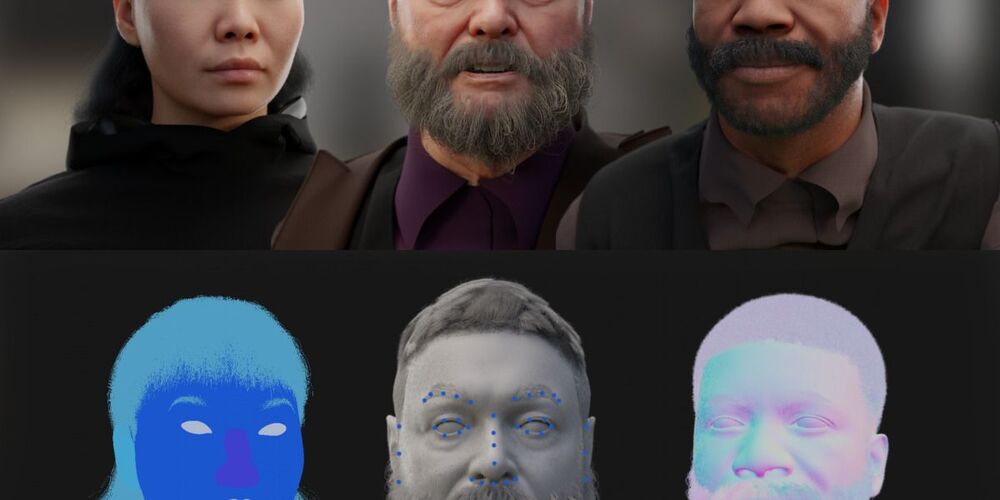
Long but annotated! Most important here is human data for specific treatments due out starting in May or June. And apparently they had a mouse study where they expected a paper due out already but other groups chimed in to help with more testing so there is a delay.
Liz Parrish, CEO of BioViva Science and patient zero of biological rejuvenation with gene therapies, is interviewed by Zora Benhamou on her fresh podcast “HackMyAge”.
During the conversation, Liz enters deep into the world of gene therapies, either to cure monogenic diseases, multifactorial genetic diseases, or the mother of all diseases: aging itself.
The conversation lasts for one hour and twenty minutes and has no waste. However, to go direct to certain themes use the following time marks:
0:00:00 Zora introduces the podcast: who is Liz Parrish and what the conversation will be about.
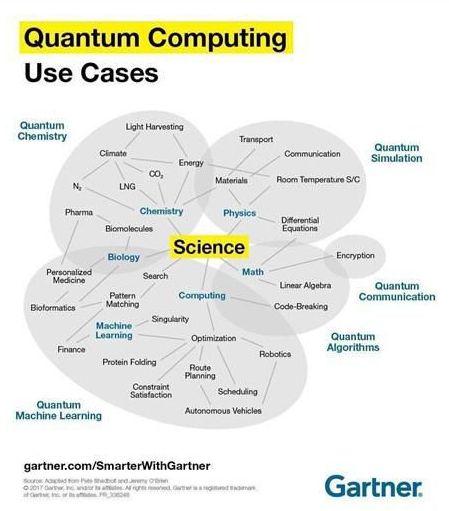
By Chuck Brooks
The world of computing has witnessed seismic advancements since the invention of the electronic calculator in the 1960s. The past few years in information processing have been especially transformational. What were once thought of as science fiction fantasies are now technological realties. Classical computing has become more exponentially faster and more capable and our enabling devices smaller and more adaptable.
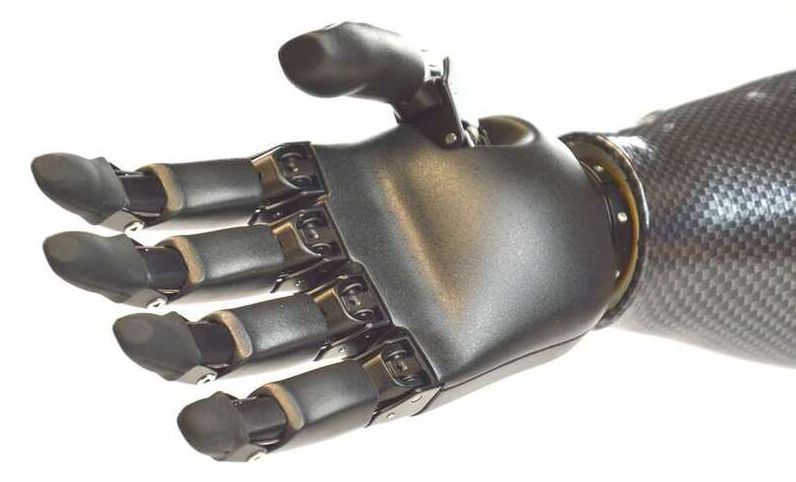
Robots are unable to perform everyday manipulation tasks, such as grasping or rearranging objects, with the same dexterity as humans. But Brazilian scientists have moved this research a step further by developing a new system that uses deep learning algorithms to improve a robot’s ability to independently detect how to grasp an object, known as autonomous robotic grasp detection.
In a paper published Feb. 24 in Robotics and Autonomous Systems, a team of engineers from the University of São Paulo addressed existing problems with the visual perception phase that occurs when a robot grasps an object. They created a model using deep learning neural networks that decreased the time a robot needs to process visual data, perceive an object’s location and successfully grasp it.
Deep learning is a subset of machine learning, in which computer algorithms are trained how to learn with data and to improve automatically through experience. Inspired by the structure and function of the human brain, deep learning uses a multilayered structure of algorithms called neural networks, operating much like the human brain in identifying patterns and classifying different types of information. Deep learning models are often based on convolutional neural networks, which specialize in analyzing visual imagery.
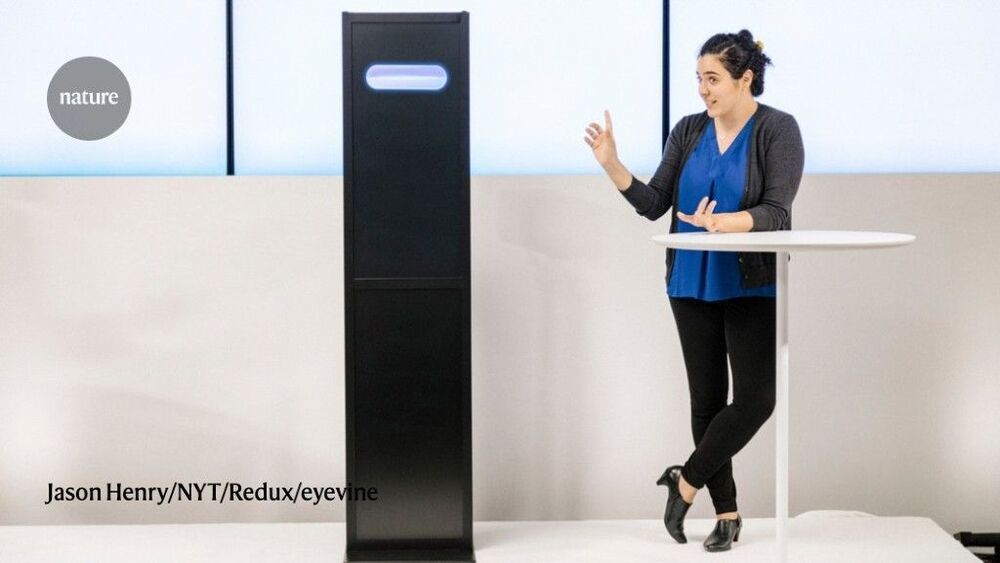
It looks like “food from air”
Time: 3–5 min (Eng/Rus)

Kent Taylor, the co-founder and CEO of Texas Roadhouse Inc., has died from suicide, his family said, after suffering “unbearable” COVID-19-related symptoms.
Taylor’s family and the restaurant chain said in a statement to The Hill on Sunday that the business executive “took his own life this week” after “a battle with post-Covid related symptoms, including severe tinnitus.”
“Kent battled and fought hard like the former track champion that he was, but the suffering that greatly intensified in recent days became unbearable,” the statement read.
